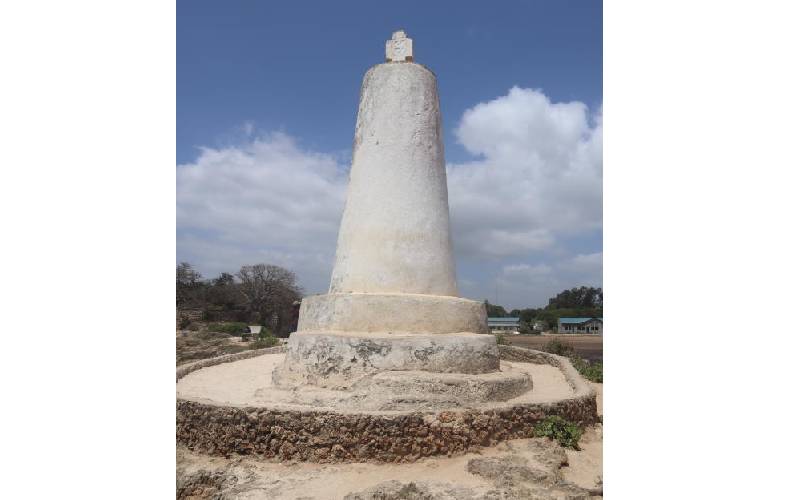×
The Standard e-Paper
Fearless, Trusted News

The Vasco Da Gama pillar in Malindi town. The pillar is a reminder of the 15th Century voyage of the Portuguese explorers. [Nehemiah Okwembah, Standard].
Tacked on a coral rock on the shores of the Indian Ocean in Malindi, Kilifi County, the Vasco Da Gama Pillar continues to be a marvel six centuries after it was constructed.